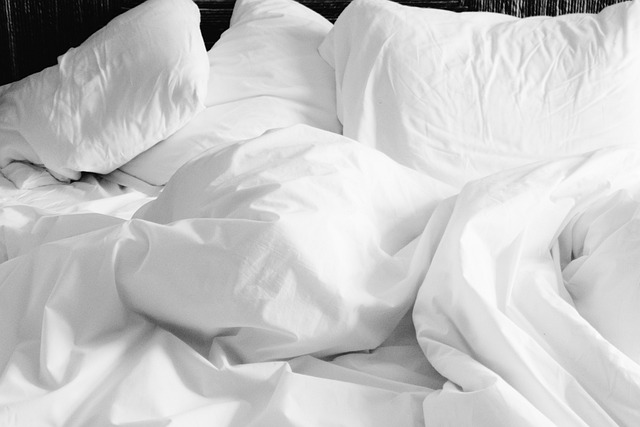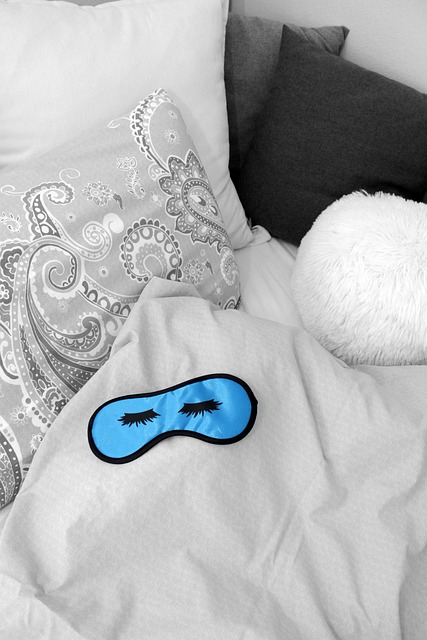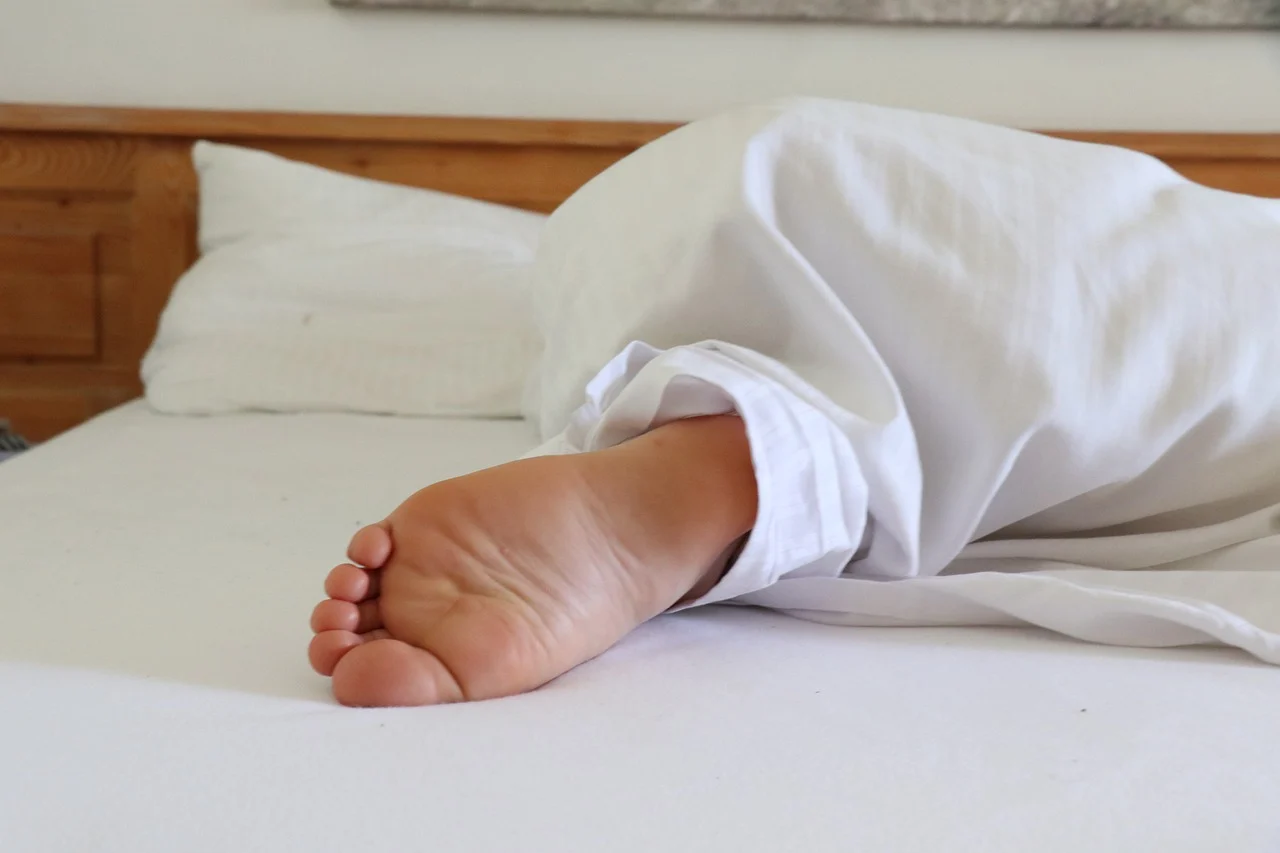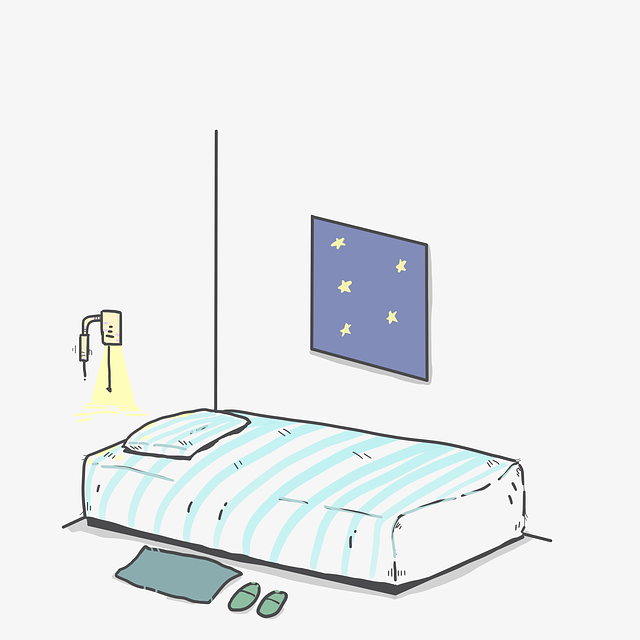In an increasingly fast-paced world, stress has become a common companion for many. From demanding work schedules to personal responsibilities, the pressures of modern life can take a toll on mental and physical health. While traditional methods like meditation, exercise, and counseling have long been recommended for stress relief, art therapy is emerging as a powerful yet often overlooked tool for relaxation and emotional healing. This article delves into the role of art therapy in alleviating stress, its psychological benefits, and how it fosters a sense of calm and self-discovery.
What is Art Therapy?
Art therapy is a form of expressive therapy that uses creative processes such as drawing, painting, sculpting, or collage-making to improve mental health and well-being. Unlike traditional talk therapies, art therapy allows individuals to communicate their emotions and thoughts non-verbally, which can be particularly helpful for those who struggle to articulate their feelings. The process is guided by trained art therapists who help participants explore their inner worlds through artistic expression.
The beauty of art therapy lies in its accessibility. You don’t need to be an artist to benefit from it. In fact, the goal isn’t to create a masterpiece but to engage in the act of creation itself. The focus is on the journey rather than the destination, making it a safe space for experimentation and self-reflection.
How Does Art Therapy Relieve Stress?
Stress manifests differently for everyone—some may experience anxiety, while others might feel overwhelmed, irritable, or physically tense. Art therapy addresses these symptoms by engaging both the mind and body in a calming, meditative activity. Here’s how it works:
- Promotes Mindfulness
Creating art requires focus and attention to detail, which naturally encourages mindfulness. When you’re absorbed in sketching lines, blending colors, or shaping clay, your mind becomes fully present in the moment. This state of mindfulness interrupts the cycle of negative thoughts and worries, offering temporary relief from stress. - Facilitates Emotional Release
Stress often stems from unexpressed emotions or unresolved issues. Art provides a safe outlet for releasing pent-up feelings. For example, someone feeling angry might channel that energy into bold brushstrokes, while another person dealing with sadness could find solace in creating soft, melancholic imagery. Through this release, individuals can begin to process their emotions more effectively. - Reduces Cortisol Levels
Studies have shown that engaging in creative activities lowers cortisol levels—the hormone associated with stress. A 2016 study published in the Journal of the American Art Therapy Association found that just 45 minutes of art-making significantly reduced cortisol levels in participants, regardless of their artistic skill level. This physiological response highlights the tangible impact of art therapy on stress reduction. - Encourages Self-Reflection
Art therapy invites individuals to explore their subconscious mind. As they create, patterns, symbols, and themes may emerge that reflect deeper aspects of their psyche. This process of self-discovery can lead to greater self-awareness and understanding, helping people identify sources of stress and develop healthier coping mechanisms. - Builds Resilience
Engaging in art therapy regularly can build emotional resilience over time. By confronting challenges within the creative process (such as frustration with a piece not turning out as expected), individuals learn to adapt and persevere. These skills translate into real-life situations, equipping them to handle stress more effectively.
Who Can Benefit from Art Therapy?
Art therapy is versatile and inclusive, making it suitable for people of all ages and backgrounds. It has been successfully integrated into various settings, including schools, hospitals, rehabilitation centers, and community programs. Some specific groups that benefit greatly include:
- Children and Adolescents: Young people often lack the vocabulary to express complex emotions. Art therapy helps them communicate their feelings in a way that feels natural and playful.
- Adults Undergoing High Stress: Professionals facing burnout, caregivers managing overwhelming responsibilities, and individuals navigating major life transitions can use art therapy as a sanctuary for relaxation.
- Individuals with Mental Health Conditions: Those struggling with anxiety, depression, PTSD, or trauma can find comfort and healing through art therapy, which complements other forms of treatment.
- Elderly Populations: Seniors experiencing loneliness or cognitive decline can reconnect with their creativity, boosting mood and cognitive function.
Practical Applications of Art Therapy
Art therapy doesn’t always require professional guidance; simple practices at home can also promote relaxation. Here are some ways to incorporate art therapy principles into daily life:
- Doodling: Keep a small notebook handy for doodling during stressful moments. Even abstract scribbles can help clear your mind.
- Coloring Books: Adult coloring books have gained popularity for their therapeutic effects. Filling intricate designs with color promotes concentration and tranquility.
- Journaling with Visuals: Combine writing with sketches or collages to document your thoughts and feelings visually.
- Nature-Inspired Art: Spend time outdoors collecting leaves, stones, or flowers, then use them to create eco-art projects indoors.
For those seeking structured support, attending group art therapy sessions or workshops can provide additional benefits, such as social connection and shared experiences.
Challenges and Considerations
While art therapy offers numerous advantages, it’s important to acknowledge potential limitations. Not everyone responds to creative interventions immediately, especially if they harbor preconceived notions about art or fear judgment. Additionally, art therapy should not replace conventional treatments like medication or psychotherapy for severe mental health conditions. Instead, it serves as a complementary approach that enhances overall well-being.
Another consideration is accessibility. Professional art therapy services may not be readily available in certain areas, and costs can pose a barrier for some individuals. However, the growing recognition of art therapy’s value is leading to increased advocacy and funding opportunities, ensuring broader access in the future.








